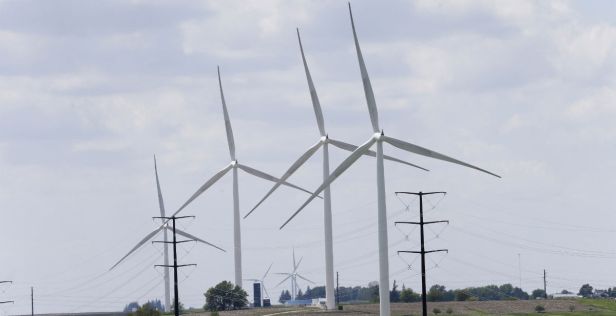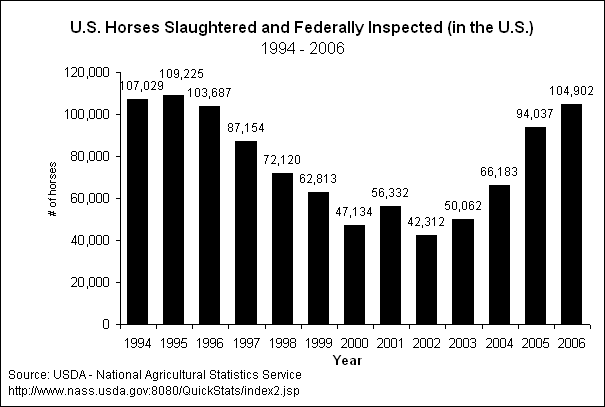“Save the Earth.” “Fight Global Warming.” You see those slogans on car bumpers quite a bit. But when it comes to actual public policy, environmentalists have a habit of producing horrific unintended consequences that harm the earth more than they help.
Videos by Rare
In honor of this week’s news that a solar plant has been vaporizing birds, here are five environmentalist ideas that have spectacularly backfired.
1. Solar Power

Getting energy from the sun is one of the green lobby’s favorite ideas, despite the fact that solar power isn’t particularly cost-effective or efficient. Now add another downside to the list: bird killings. Turns out a solar plant in the Mojave Desert that reflects concentrated sun rays with gigantic mirrors has become a virtual death ray for unlucky avian passers-over.
Workers at the plant reportedly call the birds “streamers” for the visible smoke that’s produced when they vaporize above the plant. Estimates for the death toll thus far range from 1,000 to 28,000. The plant cost $2.2 billion to build and activists are now urging the plant’s owner to halt construction on an even bigger solar fryer.
Birds and taxpayer dollars aren’t the only victims of solar energy. Environmentalists are worried that other proposed solar plants in the California and Nevada desert could crowd out endangered tortoises there.
2. Wind Turbines

Not only must birds fear solar liquidation, but also towering blades of death. Those would be windmills, touted as producers of renewable energy by environmentalists, but at a heavy cost. Not only are the wind turbines not able to store energy, they also kill hundreds of airborne critters a year. One study last year found that 1.5 million birds and bats were killed annually by these enviro-cuisinarts. And while environmentalists claim that new wind turbines can prevent avian destruction, the study found that the deaths had increased by 30 percent since a government review in 2009.
The windmills have also been slicing apart endangered birds, like bald and gold eagles. But don’t worry. The Obama administration has been handing out 30-year exemptions for wind turbine owners. Some of them even get government grants.
3. Ethanol

Perhaps no environmentalist policy has backfired as vividly and completely as ethanol additives in gasoline. Initially touted by environmentalists as a way to clean up tailpipe emissions, ethanol mandates have become a labyrinth of red tape strung up by an unholy alliance of food companies like Archer Daniels Midland and Midwestern politicians trying to buy votes from corn farmers. The overall process of producing corn ethanol is actually worse for the environment than gasoline. Cellulosic ethanol, another corn-based fuel additive that was presented as a cleaner alternative to ethanol, has also been found to be dirtier than gasoline.
Tax credits for ethanol technically expired in 2012, but a mandate still exists that requires at least 37 percent of the corn crop to be converted into ethanol fuel. Nearly everyone thinks ethanol was a terrible idea at this point, including environmentalists. But with Big Ag unlikely to slaughter its big cash cow, don’t expect this corny capitalism to stop anytime soon.
4. DDT

In 2000, 460 people died from malaria as part of a larger outbreak that shook South Africa. In 2012, only 70 people died. South Africa credits this health miracle to the use of a chemical that it had banned prior to 2000: DDT.
There’s no question that DDT, a highly potent and controversial insecticide, has had serious side effects. It’s been linked to environmental destruction and higher cancer rates. When Rachel Carson published her book Silent Spring in 1962, awareness of DDT’s downsides increased and in 1972 the United States enacted a prohibition on DDT, followed by many other countries. But DDT was also a miracle drug when it came to curing malaria, and as a result of the environmentalist crusade against DDT, malaria rates skyrocketed.
We can’t tolerate the sort of widespread, spray-everywhere DDT use that occurred prior to the 1970s. But we also can’t allow malaria patients to suffer and die because environmentalists won’t countenance the use of any DDT.
5. Horse Slaughter

Nearly everyone agrees that slaughtering horses is grotesque and horse meat generally isn’t consumed in the United States, so why keep it legal? That was Congress’s thought in 2006 when it succumbed to environmentalist pressure and banned horse slaughter.
The only problem is that about 100,000 unwanted horses are found in America every year. Since they couldn’t be slaughtered here after the ban, the horses were being shipped to Canada or Mexico, enduring a lengthy and often excruciating shipping process and, in the case of Mexico, a far more grisly death than they would have suffered in the United States. Others were simply turned away and left to starve.
In 2011, Congress and President Obama came to a rare point of agreement: the horse slaughter ban was a stupid idea. Obama later signed a bill that effectively ended the prohibition for good.


